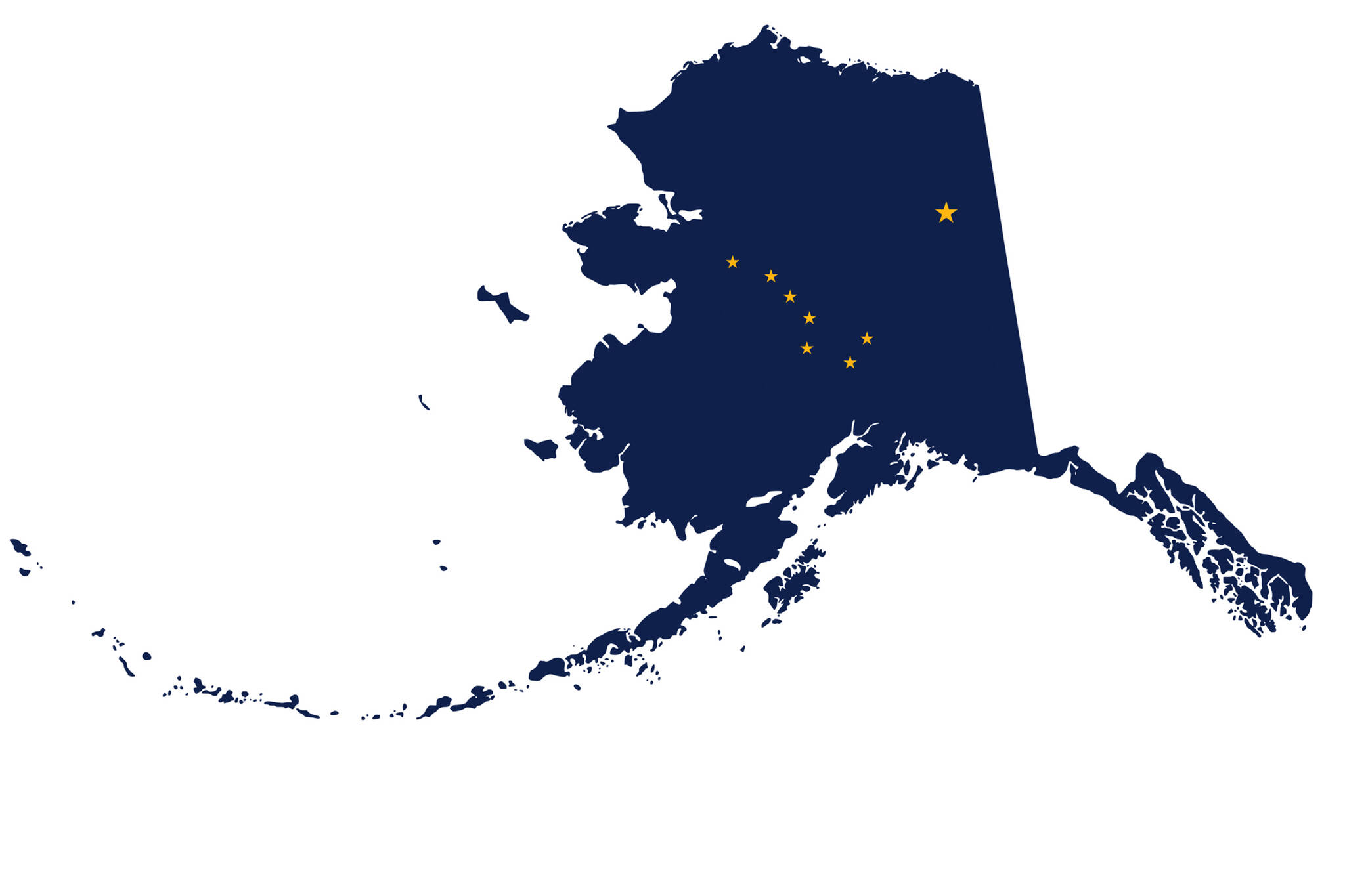By Pete Pinney
In the rest of the United States, this is National Agriculture Week. Since the ground is still frozen in Alaska, we celebrate Ag Day on the first Tuesday of May, which will be May 3 this year. (In addition, May 2 is Drive Your Tractor to Work Day.) Even so, there are many things to celebrate: Agriculture is growing in Alaska and the University of Alaska Fairbanks is helping that happen.
Today, there are 1,050 farms in the 49th state, a number that has been rising since 1993 and showed a 30% increase between 2012 and 2017, according to the U.S. Department of Agriculture’s National Agricultural Statistics Service. Nearly half of Alaska’s farms are run by women.
About 850,000 acres are being used for agriculture, with 85% as permanent pasture. And, while the average farm size is 810 acres, the median farm is only about 13 acres.
There is a lot of room for growth, especially in food production, and that’s growth that Alaska needs if it is to make any progress toward food security. Currently, Alaska imports 95% of its food, with almost all of that coming across the Port of Alaska in Anchorage. In the event of a natural disaster that renders the port inoperable, Alaska grocery stores would have only a three- to five-day supply of food.
In February, Gov. Mike Dunleavy laid the groundwork for a task force to study food security and independence. While that task force is being formed, members of the Alaska Legislature are forming a food and farm caucus, spearheaded by Reps. Geran Tarr and George Rauscher and Sens. Shelley Hughes and Scott Kawasaski. Recently, Rep. Liz Snyder introduced House Bill 298: The Alaska Food Strategy Task Force, which would establish an executive and working committee to examine all aspects of food systems throughout Alaska.
Individual Alaskans can do their part to boost security, even if it’s in small steps like growing tomatoes in the backyard or salad greens on the decks.
The UAF Institute of Agriculture, Natural Resources and Extension has early roots in these matters. In 1917, the first experiment station began research on food production, eventually creating a large body of work found in the Alaska Agricultural and Forestry Experiment Station, afesresearch.uaf.edu. Since 1930, as a part of the Alaska Agricultural College and School of Mines, Cooperative Extension Service agents have played a vital role in helping Alaskans learn to grow, preserve and serve locally grown foods. The school’s first home economics professor, Lydia Fohn-Hansen, traveled to the Matanuska Colony to help 200 farm families who were resettled as part of the New Deal adjust to life in Alaska’s harsh environment. They sewed, picked berries, canned thousands of jars of salmon and started 4-H clubs. Extension’s first regional field office was opened in Palmer in 1936.
Research continues on developing varieties of grains, vegetables and fruits that can flourish in Alaska. Researchers work on new strains of cereal grains and other crops, invasive pests that might harm them, and the biology behind the changing growing season. Hundreds of Alaskans took gardening classes last year alone. Agents reach Alaskans all around the state by plane, boat, car or online to teach food preservation techniques. Hundreds of publications ranging from birch tapping to bedbugs to dozens of ways to use zucchini are available for free at cespubs.uaf.edu.
Vegetable variety trials have been ongoing for years at the Fairbanks Experiment Farm and the Matanuska Experiment Farm. They have developed ways to extend our short growing season by using raised beds, high tunnels and plastic mulch. Other researchers are testing different varieties of wheat, as well as strains of barley that can possibly be used in the state’s burgeoning craft brewery industry.
Faculty members teach seminars on topics as diverse as keeping chickens healthy over the winter, awareness and mitigation for invasive species, composting, and nutrition information.
Food security has been a linchpin for the institute’s activities. And we are joined by many partners at UAF, including One Health, uaf.edu/onehealth, the Alaska Native/Native Hawaiian Drumbeats Alaska collaboration, www.uaf.edu/drumbeats, the Alaska Center for Energy and Power, acep.uaf.edu, and even the Geophysical Institute,www.gi.alaska.edu, in its role of looking at climate change mitigation and how that relates to food security and sovereignty.
Building on one research project at the Georgeson Botanical Garden 20 years ago, 135 peony farmers from Fort Yukon to Homer exported 300,000 peony blossoms in 2021. We hope for a similar outcome with reindeer.
Extension and the experiment farms have been a big part of Alaska’s past food systems, and we’re uniquely positioned to champion the state’s future in food. Give us a call at 877-520-5211 and check out our website at uaf.edu/ces/. We invite you to join the conversation.
• Pete Pinney is the interim director of the Institute of Agriculture, Natural Resources and Extension at the University of Alaska Fairbanks. Columns, My Turns and Letters to the Editor represent the view of the author, not the view of the Juneau Empire. Have something to say? Here’s how to submit a My Turn or letter.

